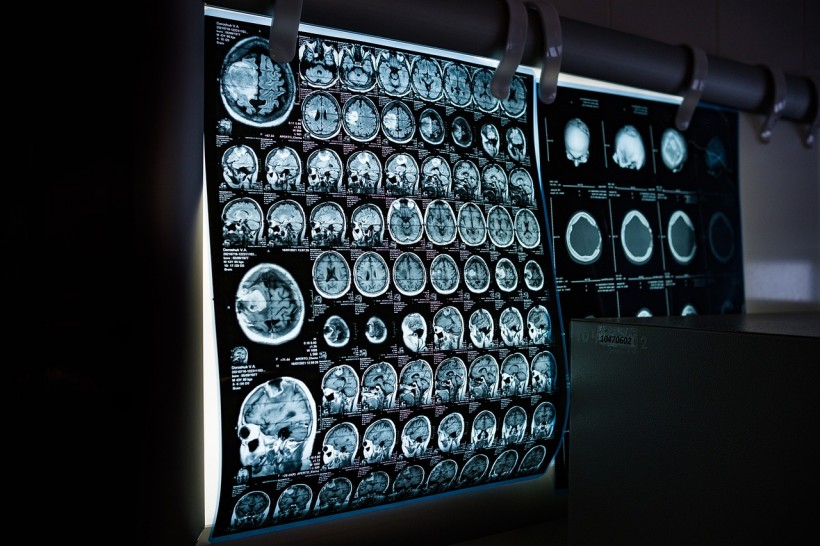Using an artificial intelligence (AI) model with 90% accuracy in differentiating brain activity between genders men and women indeed have unique neurological characteristics. The identified distinctions primarily exist in essential brain networks linked to daydreaming, memory, decision-making, and olfaction.
Stanford Medicine's research contributes significantly to the understanding of how biological sex shapes the brain's structure. This work holds promise in shedding light on gender-specific expressions of neurological conditions, according to researchers.

AI Distinguishes Gender-Specific Brain Activity Patterns: Stanford Study
Sex Differences in Brain Anatomy Impact Health
While men and women share many similarities, sex can impact health risks and behaviors. For example, autism and Parkinson's are more frequently diagnosed in men, whereas multiple sclerosis and depression are more prevalent in women
Research by Drs. Siyuan Liu and Armin Raznahan at the National Institute of Mental Health analyzed neuroimaging data from the Human Connectome Project and the UK Biobank, discovering that males and females exhibit greater cortical volume in different areas.
These differences corresponded with gene expression in sex chromosomes, highlighting the role of genetics in shaping brain anatomy. The study aimed to bridge the gap between animal models and human brain understanding, emphasizing the importance of comprehending sex differences for cognition, behavior, and psychiatric illness risk.
READ ALSO: Sex Differences and Stereotypes: Are Men Better Than Women in Navigation?
Brain Activity Differences in Men and Women
Vinod Menon, a professor at Stanford, led the research that delved into the significant role of sex in human brain development and the manifestation of psychiatric and neurological disorders.
The team employed a deep neural network model to classify brain scans by sex with an accuracy rate exceeding 90%. The model identified key brain areas, namely the default mode network, striatum, and limbic network, emphasizing sex-specific differences in human brain organization.
Menon expressed the importance of identifying consistent and replicable sex differences in the healthy adult brain, considering it a critical step toward understanding sex-specific vulnerabilities in neurological and psychiatric disorders. The team trained the AI model with functional magnetic resonance imaging (fMRI) scans, enabling it to recognize subtle differences associated with sex.
When tested on a separate set of 1,500 brain scans, the AI successfully predicted the sex of the brain's owner over 90% of the time, showcasing the model's robustness across diverse populations in the US and Europe. The study challenges the notion that sex differences are solely attributed to cultural, linguistic, or dietary variations.
In contrast to other AI models criticized for being 'black boxes,' the explainable nature of the Stanford team's model allows researchers to identify crucial brain areas. The default mode network, active during daydreaming and memory recall, the striatum, essential for cognition coordination, and the limbic network, supporting various brain functions, were the three key areas identified by the AI.
The study, published in Proceedings of the National Academy of Sciences, not only distinguishes between male and female brains but also explores the potential implications of sex-specific brain patterns on cognitive performance. The findings emphasize the significance of recognizing sex differences in brain organization for a comprehensive understanding of neuropsychiatric disorders.
RELATED ARTICLE: Men vs. Women Brains: Study Finds 1,000 Genes Are More Active in One Gender Than the Other
Check out more news and information on Brain in Science Times.














